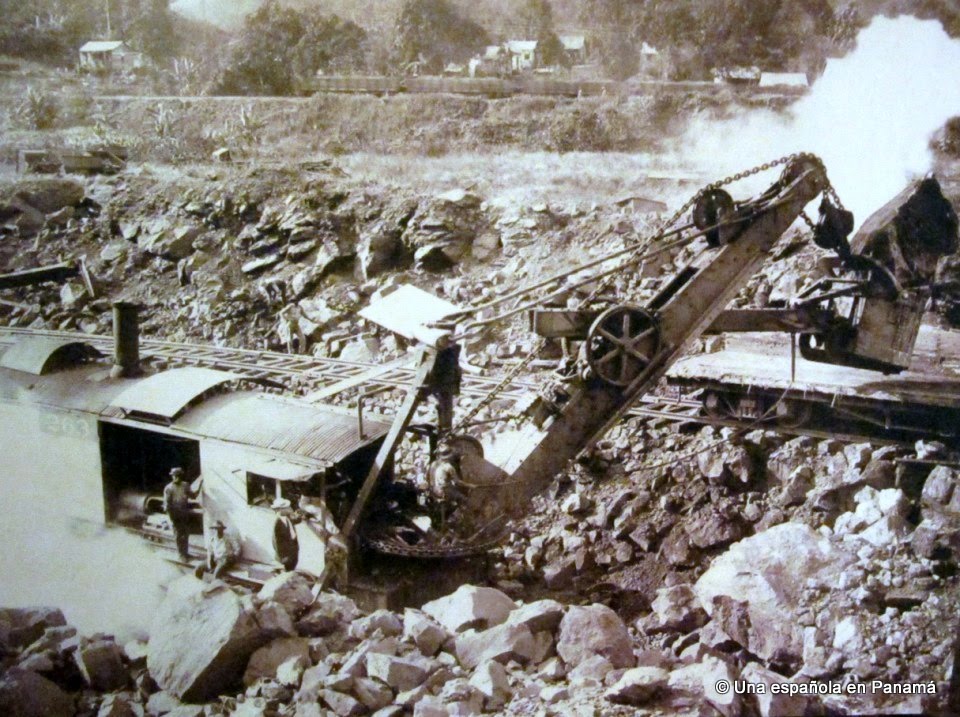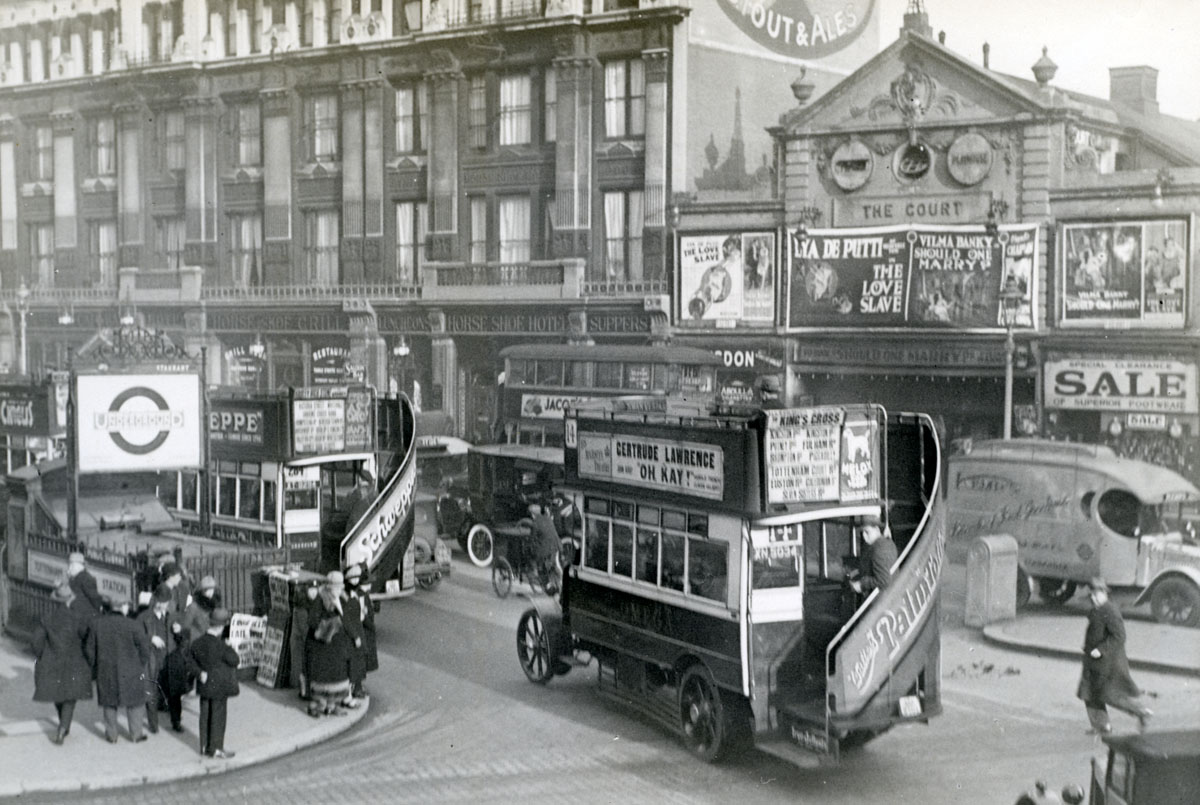Spain moves into record books as wind power becomes main source of energy
Thursday, January 23, 2014
 Wind power was the main source of energy in Spain last year for the first time ever and also for the first time ever in any country, according to the industry association AEE. Wind power was the main source of energy in Spain last year for the first time ever and also for the first time ever in any country, according to the industry association AEE.
“Spain is the first country in the world where wind energy was the technology that most contributed to the coverage of demand in a full year,” the AEE said in a statement.
Citing figures from the electricity grid operator Red Eléctrica de España (REE), wind power in 2013 covered 20.9 percent of total demand followed by nuclear power, which met 20.8 percent of the country’s needs.
Renewable sources of energy as a whole covered 42.4 percent of demand last year, up 10.5 percentage points from a year earlier. After wind and nuclear power, hydroelectric power met 14.4 percent of demand, doubling its contribution from a year earlier. Otherwise, combined-cycle plants accounted for 9.6 percent, coal-fueled plants 14.6 percent and solar photovoltaic 3.1 percent.
Wind power parks produced a record 54,478 GWh of electricity last year, an increase of 13.2 percent over a year earlier.
 1
Like
Published at 10:40 AM Comments (1)
1
Like
Published at 10:40 AM Comments (1)
The Panama Canal a 100 years on
Tuesday, January 21, 2014

Spaniards and Italians led the pack of European immigrants who worked on building the Panama Canal 100 years ago. Today, Spain and Italy are again at the forefront in the current expansion work being undertaken at the canal.
Between 1904 and 1914, when the United States led the international effort to dig a waterway through the isthmus nation, some 8,298 Spaniards joined the work force along with 1,941 Italians. The highest number of foreigners came from Barbados, from where some 19,000 workers traveled to Panama to help in the big dig.
In all, 43,781 foreigners helped build the canal and today, the Grupo Unidos por el Canal (GUPC) conglomerate, which is undertaking the multi-billion-euro expansion effort, is led by the Spanish builder Sacyr and Italian construction firm Impregilo.
Because of the number of foreign-born workers who migrated to Panama a century ago, the Central American nation has become a cornucopia of cultures with Spanish taverns and Italian restaurants cropping up across the entire country.
“Immigrants saw Panama as a new beginning as economic opportunities arose in the isthmus nation,” wrote Vicente Barletta, a Panamanian journalist, in an article for El Faro, the official publication of the Panama Canal Authority (PCA). “If the capital of Panama had only about 20,000 residents in 1904, the construction area where the canal was being built was filled with immigrants – the majority of them from the Caribbean,” Barletta recalled.
Figures from the Roberto F. Chiari library at the PCA headquarters show that the majority of the foreign-born workers who came to Panama in the early part of the 20th century were from the Caribbean. After Spaniards and Italians, Greeks made up the third-largest group. There were only 19 workers who came from France, but 2,053 French citizens from the Caribbean island of Guadaloupe, which is a French overseas department, helped to dig the canal.
The Panama Canal will mark its 100th anniversary on August 15, the date on which it was officially inaugurated in 1914, just days after the start of World War I. It was considered a new wonder of the world.
The Americans controlled the canal until December 31, 1999 when, at noon that day, its operations were officially handed over to the Panamanian government. It was part of a long transfer process that began in 1977 when US President Jimmy Carter signed a treaty with then-Panamanian strongman Omar Torrijos.
Last month, GUPC threatened to abandon the expansion work on the canal unless the PCA advanced an additional $1.6 billion the group said was needed to pay for cost overruns. Expansion work, which has been budgeted at $5.250 billion, began in 2007 and is due to be completed by next year.

 0
Like
Published at 9:40 AM Comments (0)
0
Like
Published at 9:40 AM Comments (0)
London : 1927 & 2013
Monday, January 20, 2014
 In 1927 the film director Claude Friese-Greene toured the UK collecting images that would show the revolution behind his new camera that was able to capture color images, 'The Bicolour', his last stop was london. He recorded street scenes there in iconic places such as Trafalgar Square, the bank of the River Thames, London Bridge or Greenwich Observatory. His short film called 'the open road' was released and at that time was a total failure. In 1927 the film director Claude Friese-Greene toured the UK collecting images that would show the revolution behind his new camera that was able to capture color images, 'The Bicolour', his last stop was london. He recorded street scenes there in iconic places such as Trafalgar Square, the bank of the River Thames, London Bridge or Greenwich Observatory. His short film called 'the open road' was released and at that time was a total failure.
His ingenious color process filmed the scene using two rolls with two color filters - red and green - however it didn't go on to become a standard within the film industry but the imaging system developed by Friese-Greene was revolutionary for its time, and over the decades its importance has been recognised, hence , almost a century later, the British film institute decided to restore and display 'the open road' in 2013, when
photographer and filmmaker Simon Smith saw the images of old London he was impressed and devoted six months to repeat the short film shot by shot but this time 85 years later. The result is a beautiful contrast of both images showing the urban development of the city although in 1927 there were buses and cars, Smith says on his website, that seeing the two images next to each other surprised him by how little London has changed in all this time.
 0
Like
Published at 11:29 AM Comments (4)
0
Like
Published at 11:29 AM Comments (4)
Spam post or Abuse? Please let us know
|
|